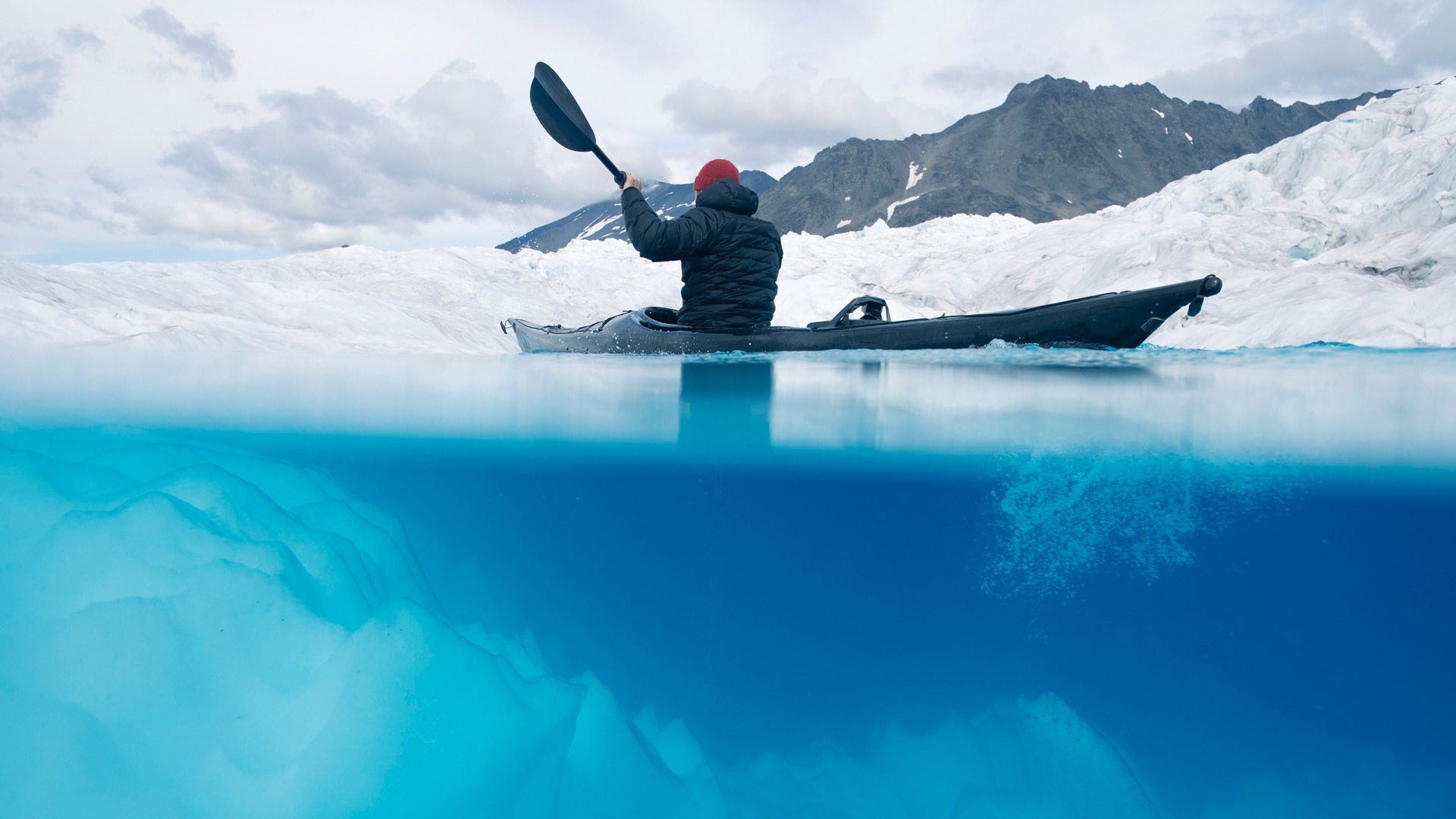There has never been a better time to be a photographer than right now. But, there has also never been a harder time to stand out as one either.
Finding your voice, your identity, your soul in the work that you do, has never been more important in the creative field of photography than it has now. It’s the translation of this uniqueness that allows your work to rise above the rest.
With over 2 million followers on Instagram, for Madrid-born, french photographer Alex Strohl, storytelling in photography is one of the techniques he utilises to illustrate the uniqueness in his work.
I interviewed him about storytelling in photography; about why it’s important in today’s world, how to become a stronger storyteller, and what’s next in photography.
PK: Appreciate you taking the time, Alex. To start off with, what does storytelling in photography mean to you?
AS: To me, It’s an approach where I seek to visually document an event with the aim of sharing it without words. I want the viewer to be able to be transported through the photo series and understand a few things. What took place, who was there and what’s my view on it.
As master storyteller Finn Beales puts it:
It’s a combination of character, location, event.
That’s the structure of the story.
PK: Conceptually, most people understand storytelling in the traditional sense. We understand the goals of narrative in a film, for example. Many people struggle with what storytelling is in photography though, as the abstract isn't as clear. How would you define storytelling in photography?
AS: To me photography is just a language, it’s the language that I’m most comfortable with actually. To use an analogy, when I tell a friend a story about what happened the other day, I’m painting the picture for him, her. I’m using words to describe what I saw and what I felt.
IE:
- How was your sunset shoot yesterday?
- Well it started awesome, soft light, some rays on the valley floor. Shot a few pics and waited in the snow for a while. Noticed there was a band of low hanging hazy clouds just under the setting sun.
- Oh no! Did it turn into a ‘greyset’?
- Yep! The sun went down into the haze and the light was gone. Everything turned grey and flat.
- Classic..
- At least I got some good shots of the rays hitting the river bends below!
So there it is, because I was paying so much attention to what was going on in the scene I can describe it with decent accuracy. So the point is, if you are paying close attention to the world around you, you will catch snippets of things. Like someone fixing their beanie in the street, or your wife pouring tea into a cup. These are all clues for visual storytelling.
Storytelling in photography is no different than telling a story with words, it’s just that we’ve been used to talking since we were 3 years old but we haven’t been trained to think of events as still slices of time. If i’m going on a hike and I want to tell the story of that hike, I’m shooting us getting ready at the trail head, putting jackets on, closing packs, closing the trunk. I’m hunting for actions, verbs. These translate well to photography.

PK: Existing with billions of photographers and trillions of images, why are storytellers important?
AS: I agree that there are tons of photographers out there and an overwhelming amount of images circulating every second. But at the core of it, we’re wired to believe in things. That’s what keeps us alive, as a society and as a species. Of course there are billions of images around but even if your work strikes a chord with one person then it becomes valuable in a way.
Storytellers help us believe in things, they get us out of bed. Everyday I read a story in a book, magazine or hear from someone and I’m inspired to take action. We all react differently to stories but what I believe is universal is the fact that we need them. Telling stories with your work will propel it into a different layer of relevance and someone, somewhere is looking for that exact story. I’m not saying that everyone should go tell stories literally with their photographs, there are fine art pieces that speak volumes without depicting anything recognizable.
Telling stories with your work will propel it into a different layer of relevance and someone, somewhere is looking for that exact story.
PK: How do you employ the use of storytelling within your own images?
AS: For me it’s always moving people. I seek to bring a new perspective to anything I do because there’s so much noise that people appreciate when we bring a new way to see things. It’s one of my favourite things to experience when I read, watch photos or a movie.
If I had to lay it out in terms of a process I begin with a project. Something tangible like a book or a film. Most of what I shoot is related to remote places, people living there and my experience of this so I already know within what line my story will live. But before I head out I don’t want to have everything figured out, I like to surprise myself. It’s like when you start writing about something you start learning things about yourself. The same goes with photography.

PK: The limits of the medium of photography on social media means that in many occasions, we must tell stories with a single image. Do you think storytellers can be consistently effective using just one image in a world where we consume in fractions of a second on platforms like Instagram?
AS: That’s what really got me excited about Instagram back in 2011. My dream was to do documentary photography and I had done a few stories for small independent magazines. When you do a story you have the luxury of using a series of images, 5-10. But on Instagram I had to sum up an event in one image. I love simplifying things, so I took it as a challenge. That’s how most of my most known photos were created. Fast forward to 2019, 8 years deep into this I think that we’ve been due for a change. We’re getting tired of seeing that 1 epic image where all the elements are condensed. Photographers have learned the recipe and people are getting immune to it.
…I think that we’ve been due for a change. We’re getting tired of seeing that 1 epic image where all the elements are condensed. Photographers have learned the recipe and people are getting immune to it.
PK: What might someone gain by taking a storytelling approach in their photography?
AS: Well, first it will force you to lay out your story in your head before, at least the basics. That introspection is healthy and even necessary. By sitting down and asking yourself: “What story am I telling?” you’re going to come up with answers. Just keep digging, and ask yourself why over an over until you get to the root of the idea.
Second, I believe you will connect on a different level with your audience. You took the time to ask yourself questions and decided on the direction of your story. They will most likely feel and appreciate that fact. Also I believe we’re hard wired as humans to believe in things, the need to learn & share new stories is inside of everyone of us.

PK: How might we find good storytellers in the world? What should we look out for?
AS: Books. Magazines.
My go-to magazines are Sidetracked, Adventure-Journal, Natgeo, Les Others, Wilderness Magazine.
In terms of books I’m a big fan of Sylvain Tessons’ stories.
I’m always looking for stories that are related to what I believe in. Life in the outdoors, nomadism and disconnection, remote places.
PK: What's next for photography? How might photography evolve over the next decade?
AS: Like any field, it’s about recycling. In the next decade, as we all become more and more immune to crazy photographs of crazy places we will go back to simple things, like showing our friends, local communities and even family. There will always be people chasing crazy places and that’s great. That’s what they’re wired to do. I will probably be there too because that’s how I started photography. But focusing on story driven photographs & films will be the way forward in my mind.
My sincerest gratitude goes to Alex for taking the time to answer these questions about storytelling in Photography.
You can find more of Alex’s work on his Instagram (@alexstrohl), or his website: alexstrohl.com.
Note: All images (including the header image belong to Alex)



